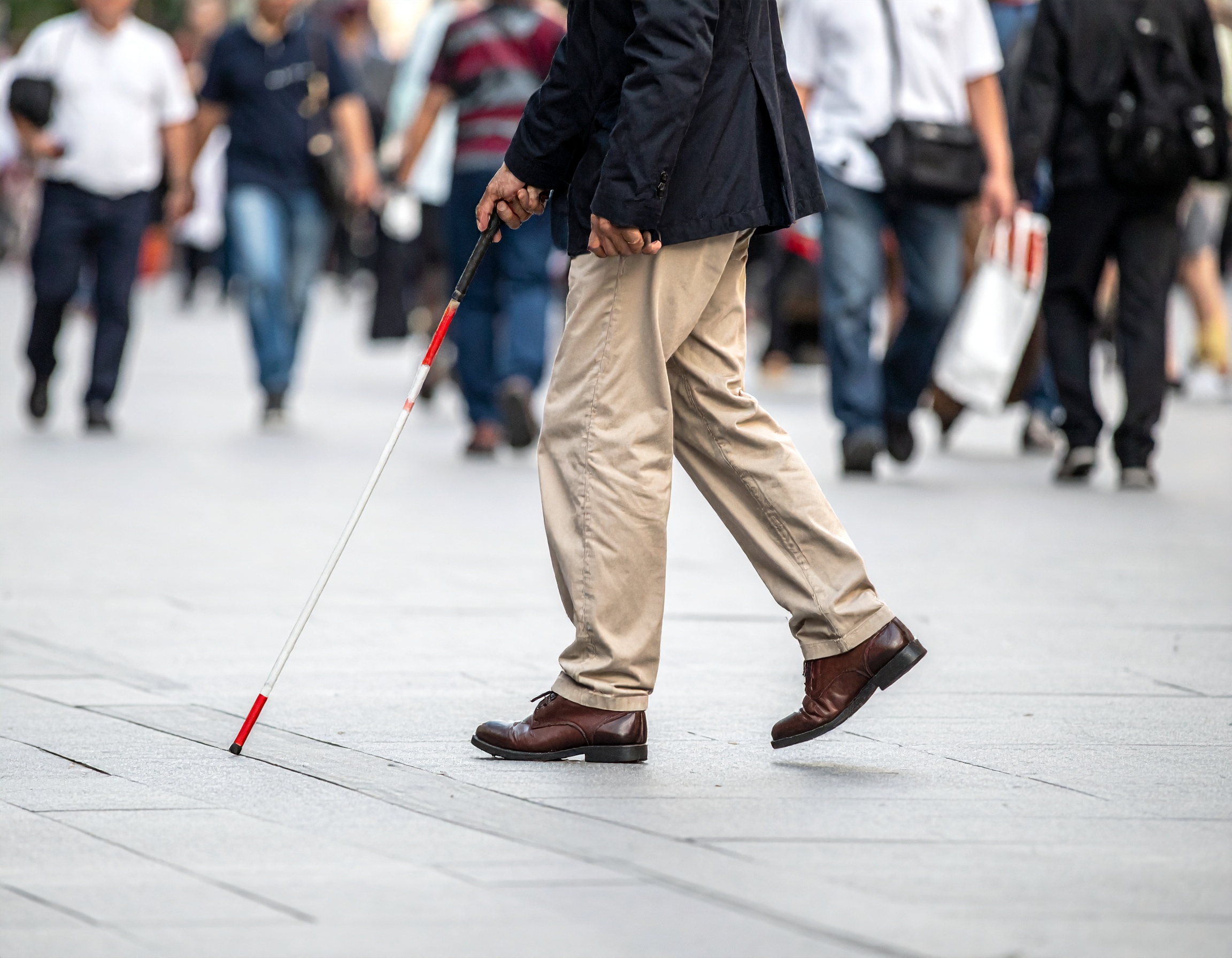The Power of the White Cane: A Symbol of Confidence, Safety, and Independence
For people who are blind or visually impaired, the white cane is much more than a mobility tool—it’s a symbol of freedom, confidence, and independence. It allows someone to travel safely, navigate the world on their own terms, and live life without limits.
The white cane has a fascinating history rooted in both safety and recognition. Its origins date back to the early 20th century when canes were first used by individuals who were blind to help identify themselves and detect obstacles in their path. In the 1930s, a movement began in the United States to paint these canes white, making them highly visible to motorists and others. The goal was simple but powerful—to ensure that people with vision loss could be seen and safe.
In 1964, President Lyndon B. Johnson officially proclaimed October 15 as White Cane Safety Day, recognizing the white cane as a symbol of independence and the rights of people who are blind. Today, the day—now often called White Cane Awareness Day—celebrates not just the cane itself, but the confidence, self-reliance, and determination it represents for millions of people around the world.
Why the White Cane Matters
Every tap of a white cane tells a story of courage, resilience, and discovery. The cane acts as an extension of the user’s senses, helping detect changes in terrain, curbs, obstacles, and pathways. It gives vital feedback about the environment, allowing someone to interpret their surroundings and make decisions independently.
But its importance goes far beyond navigation. The white cane restores confidence—it’s a visible reminder that blindness does not equal limitation. With proper training from certified orientation and mobility specialists, people learn not only how to travel safely but how to reclaim their independence, pursue careers, visit friends, or simply take a walk in the park.
“My cane is my eyes on the ground — it gives me confidence to walk, avoid obstacles, and move at my normal speed.”
Camryn, NewView Oklahoma VISION client
At NewView Oklahoma, we see the transformative power of this tool every day. A white cane can turn uncertainty into freedom. It empowers people to participate fully in their communities and live with pride, purpose, and independence.
White Cane Etiquette: What Everyone Should Know
You don’t have to be a mobility instructor to make a difference. Awareness and respect go a long way in creating a safer, more inclusive world for everyone. Here are a few simple ways sighted individuals can help:
At NewView Oklahoma, the white cane represents possibility. Through our mobility training, rehabilitation services, and community programs, we help Oklahomans with vision loss gain the skills and confidence to live independently.
During October Blindness Awareness month, take a moment to notice—and celebrate—the incredible strength behind every white cane you see. It’s more than a mobility aid. It’s a symbol of freedom, empowerment, and pride.
Ready to Learn More?
Every journey toward independence begins with the right support. NewView Oklahoma’s certified specialists teach essential white cane and mobility skills that help people with vision loss travel safely and live more independently.
Contact us today to schedule a consultation or tour our clinic.
Together, we can help more Oklahomans live without limits.






